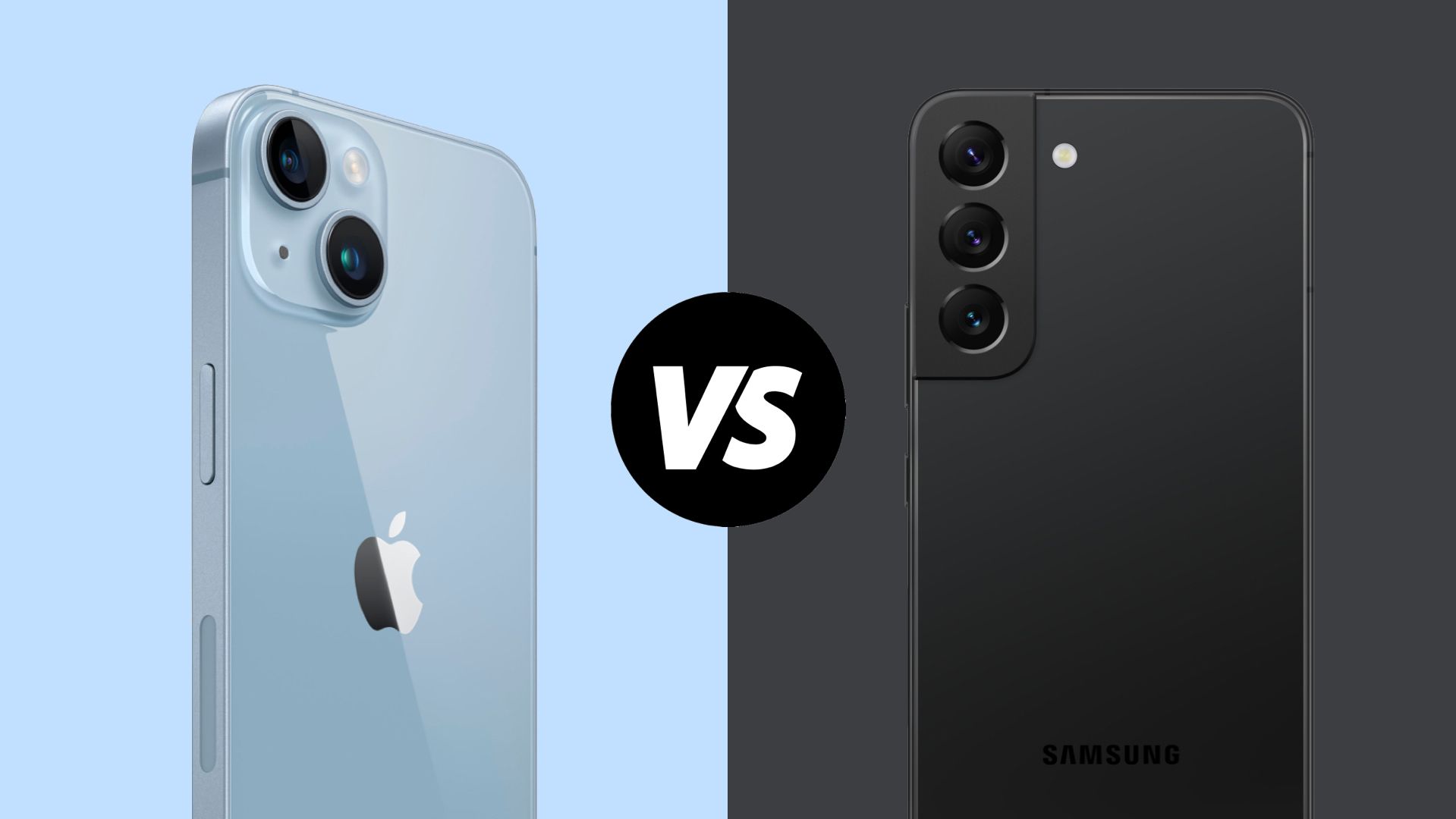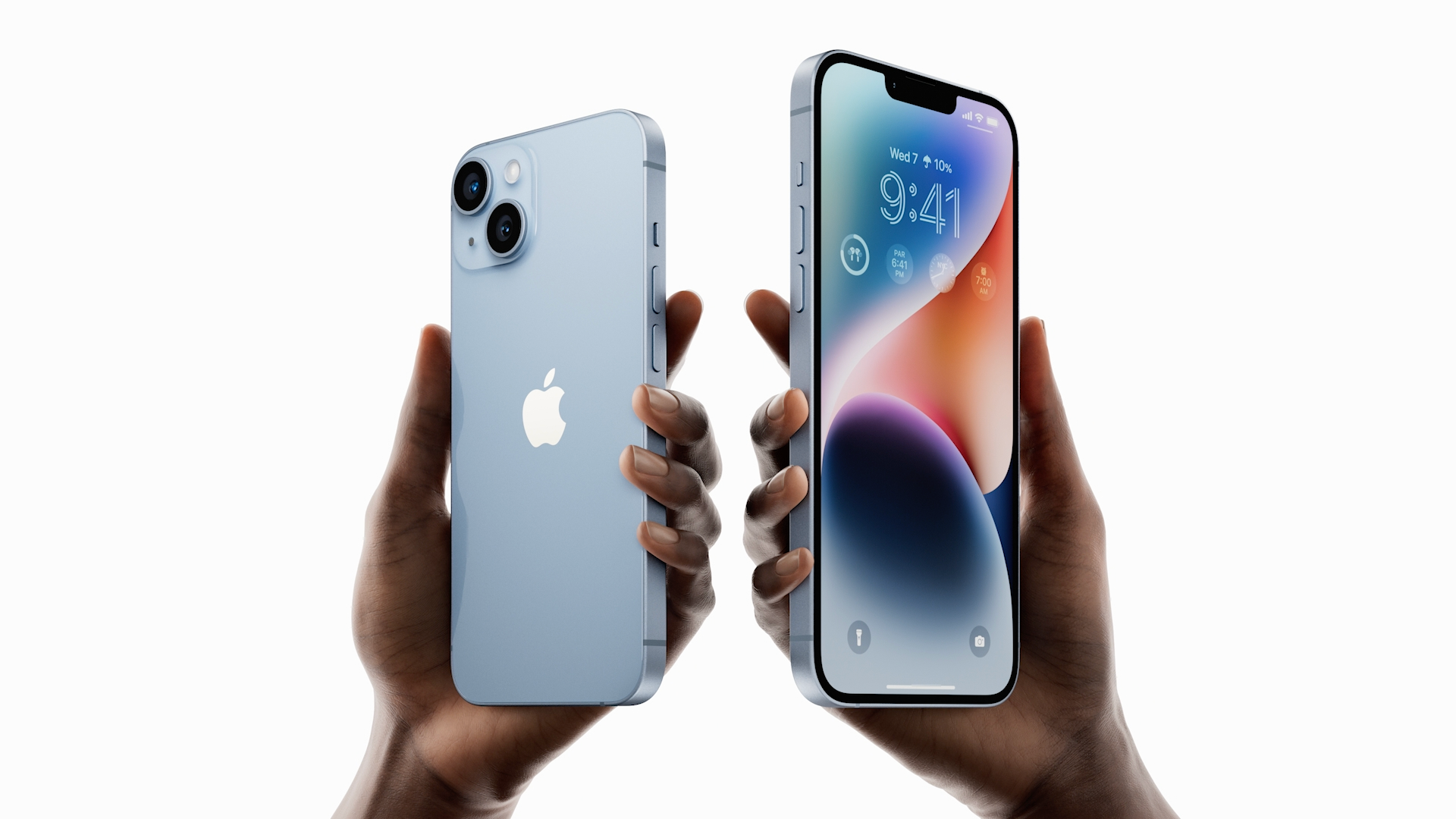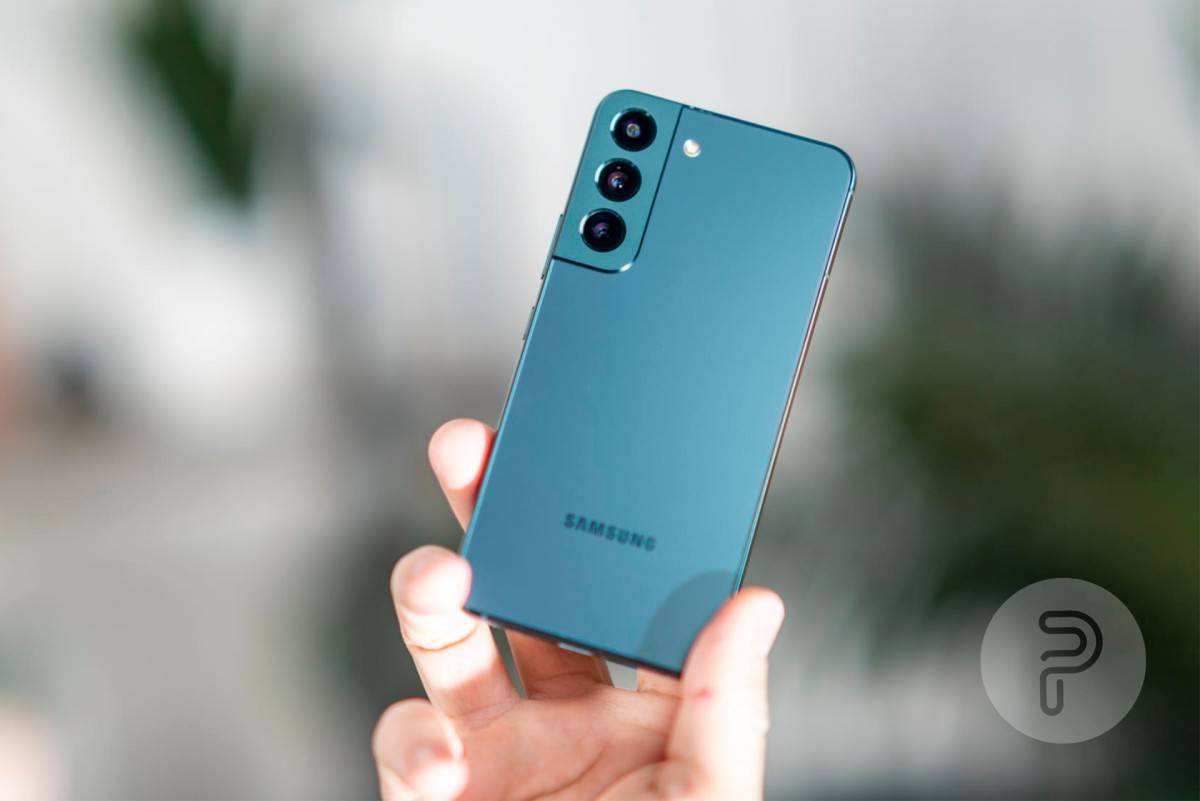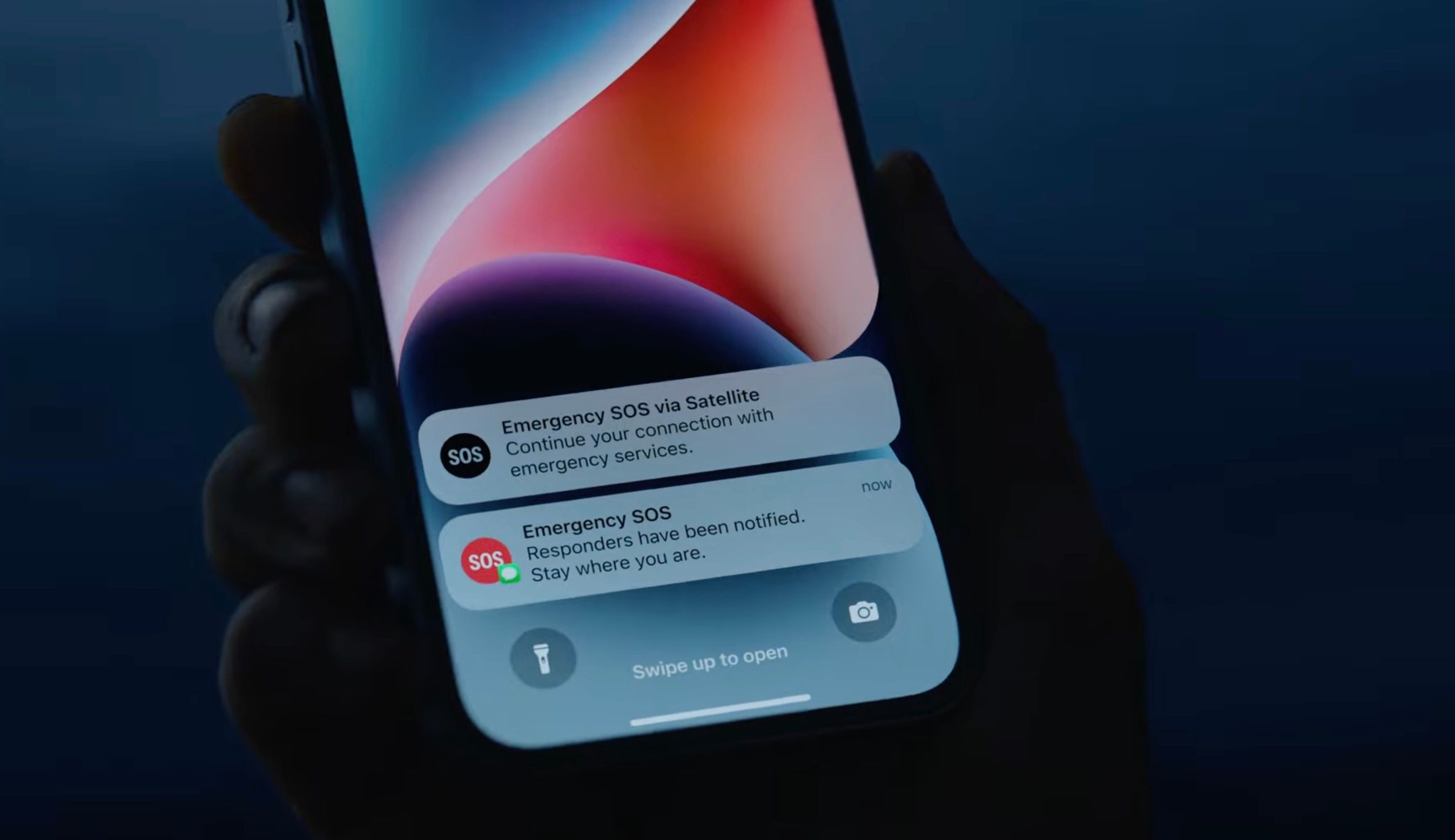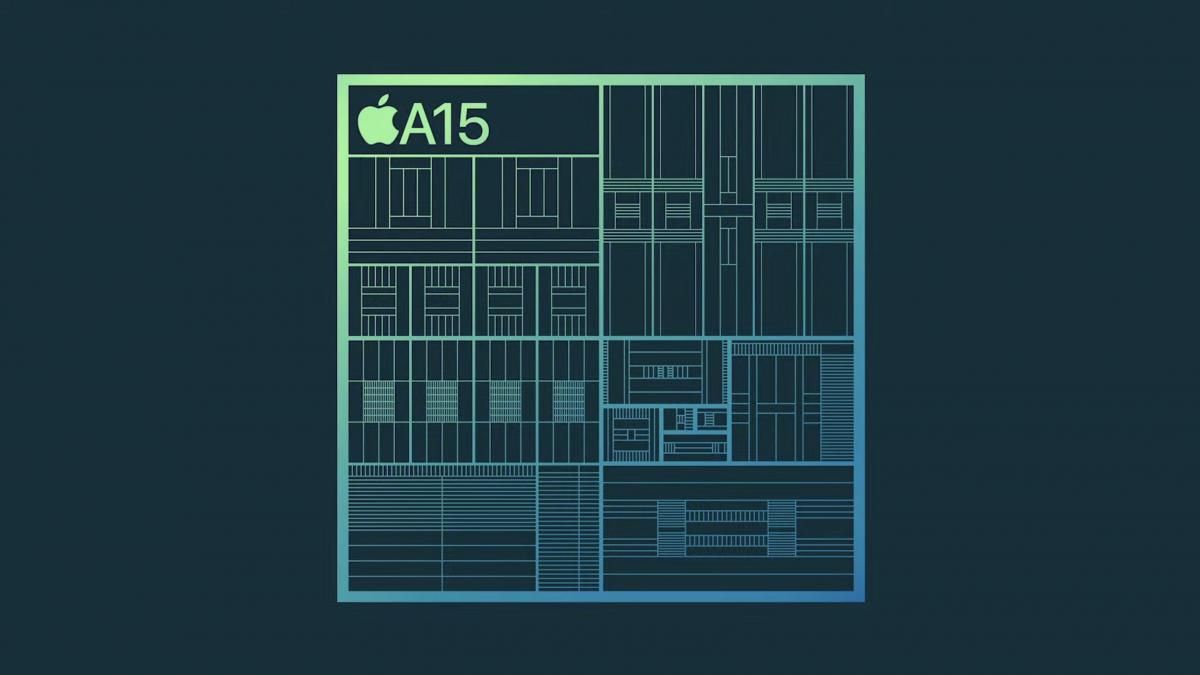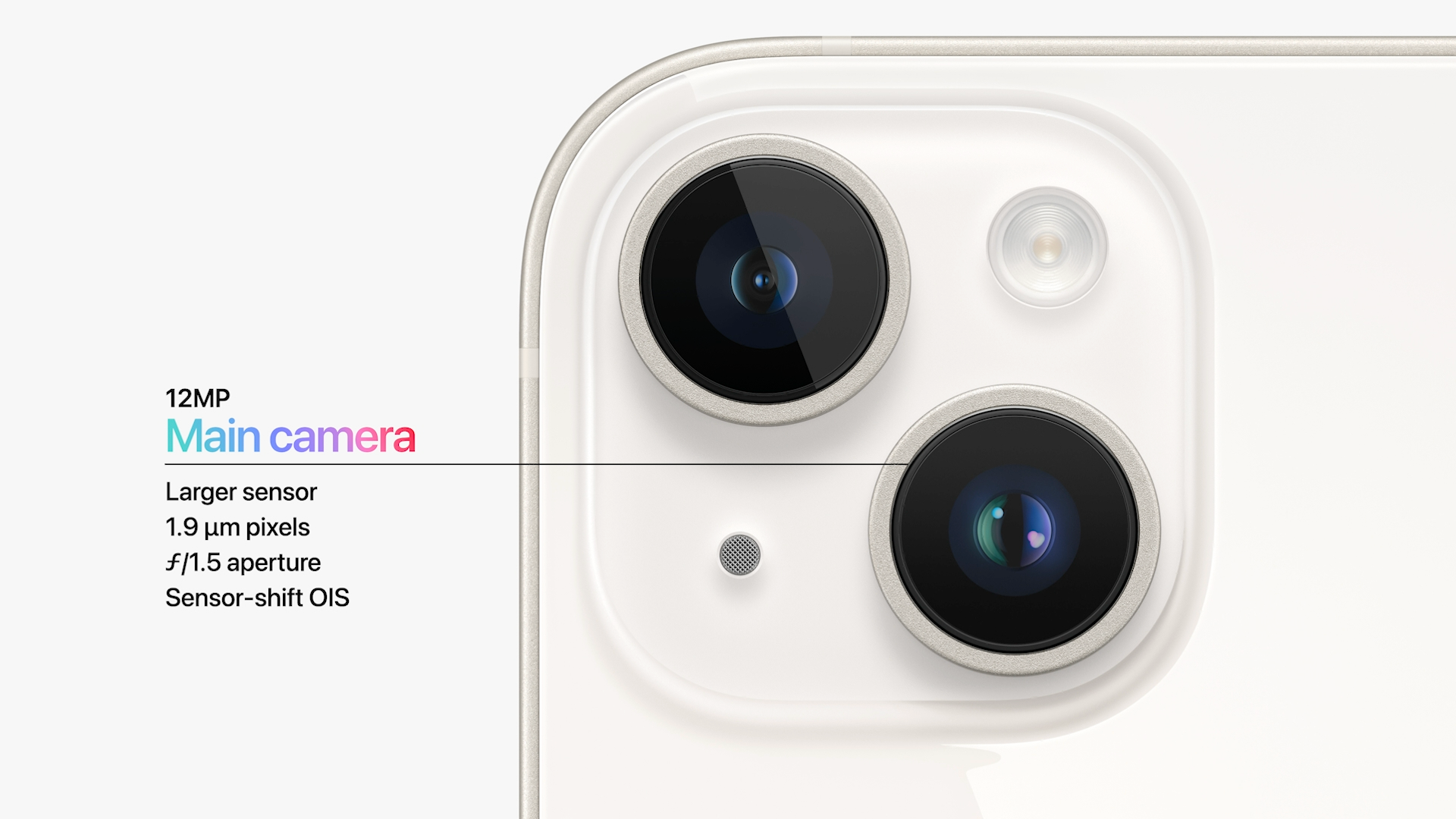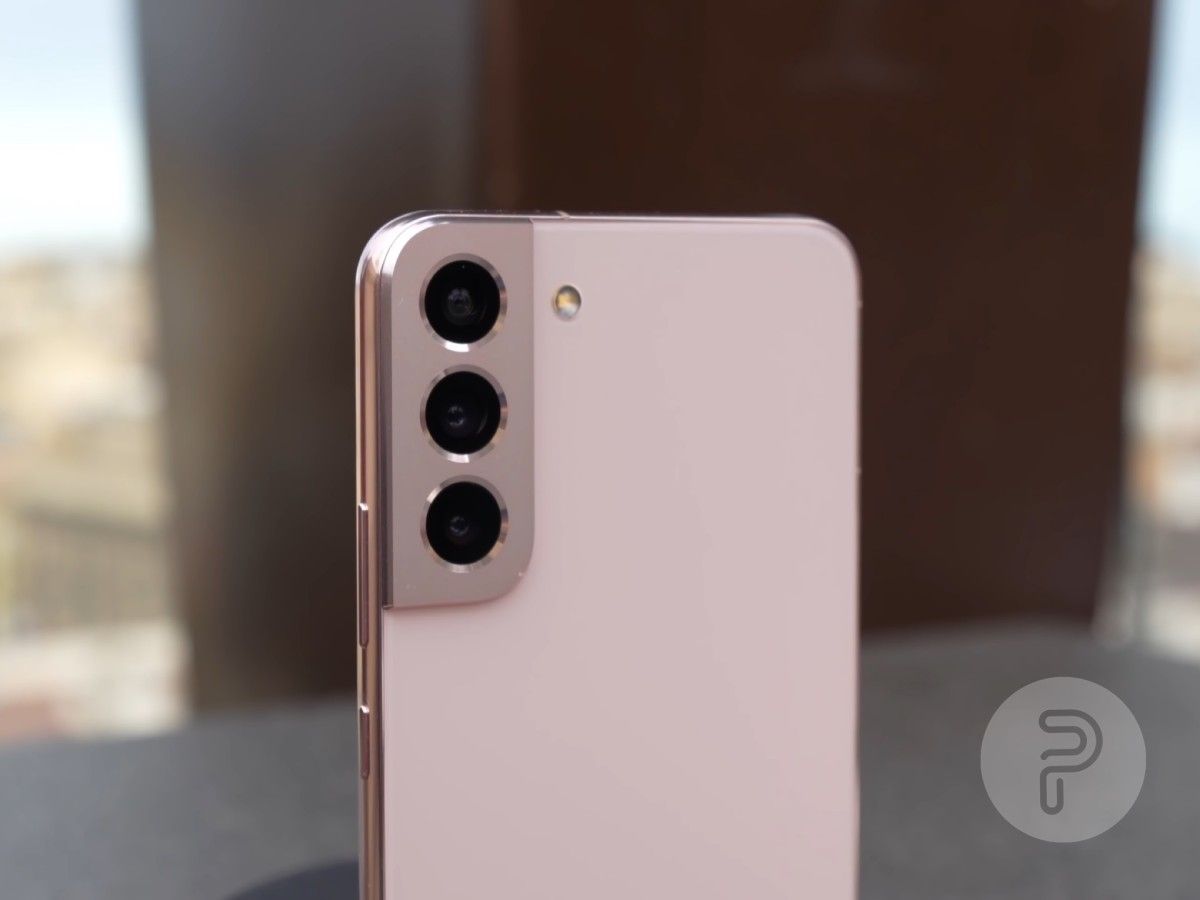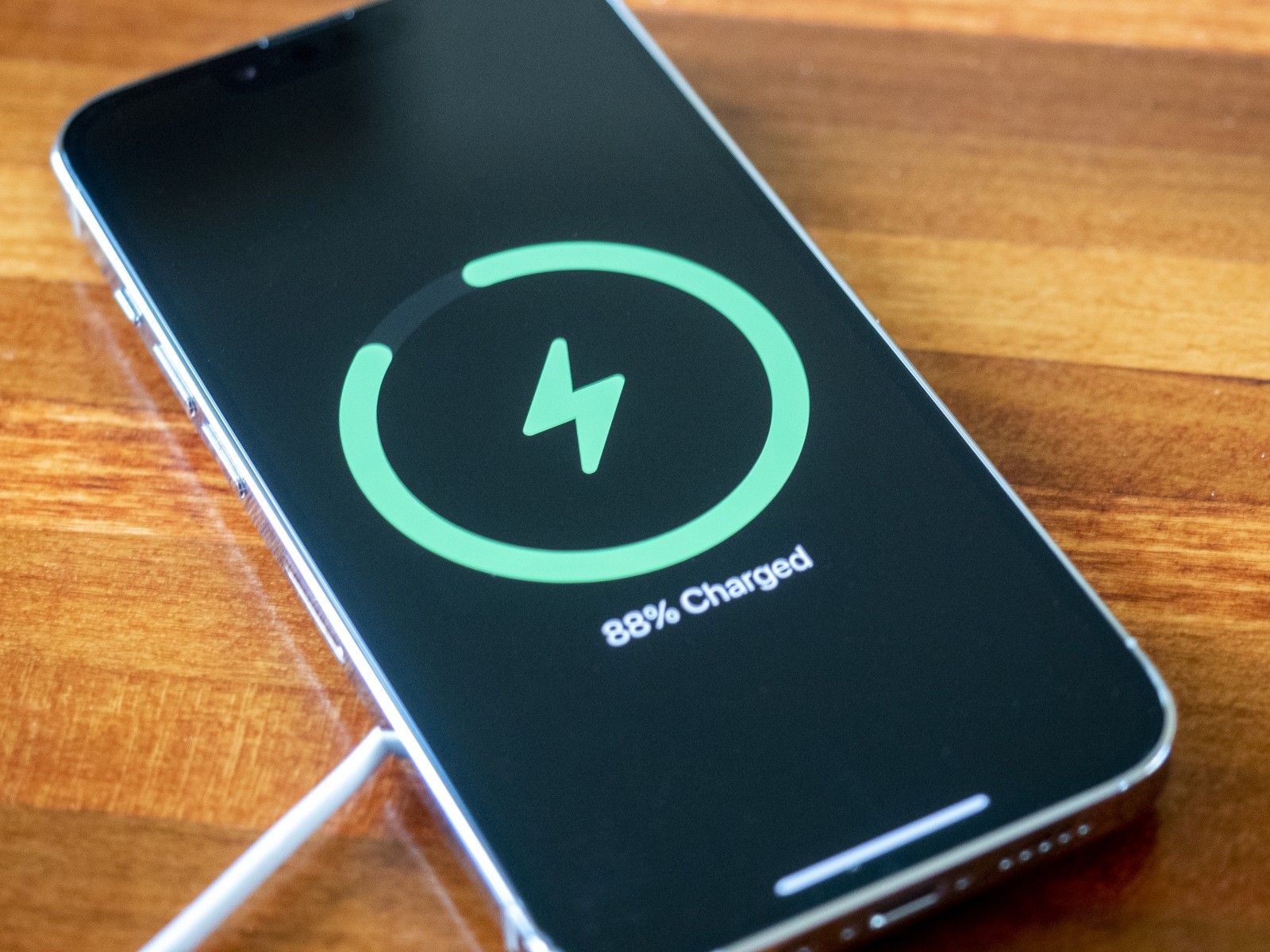Apple unveiled the iPhone 14 series last week. With a price tag of $799, Apple's entry-level iPhone 14 series smartphone offers a lot, including 12MP cameras, a better chipset compared to iPhone 13, and a lot more. Another outstanding flagship, which is available at a similar price as the latest iPhone, is the Samsung Galaxy S22. It packs a lot of comparable features and specs, making it a worthy iPhone 14 competitor.
If you're confused about which one to buy, don't look anywhere else. In this article, we go over how the iPhone 14 compares to the Samsung Galaxy S22 by breaking down their hardware specifications and help you make a decision.
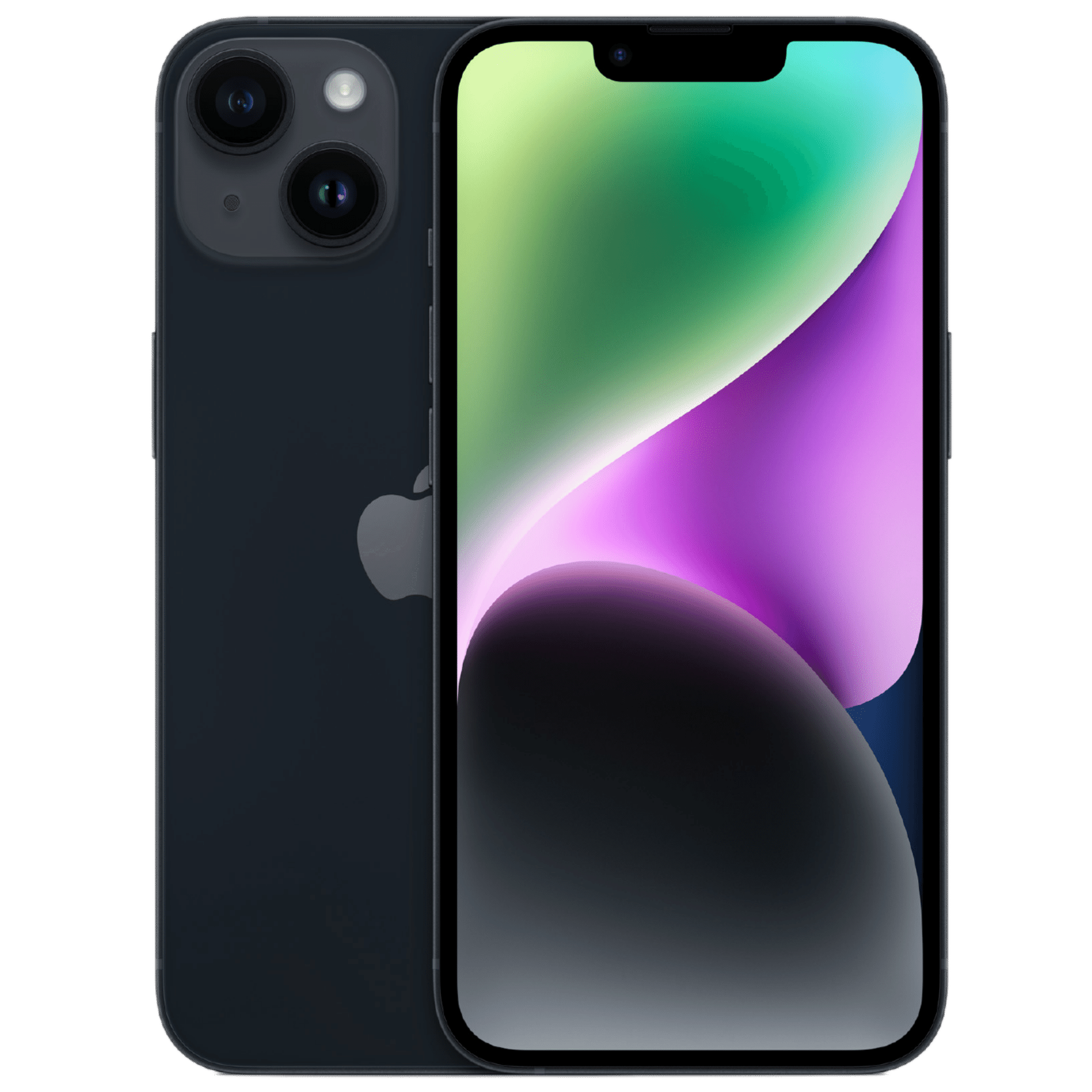
Apple iPhone 14
iPhone 14 joins the market as the smartphone to pick if you want a high-tier of performance, great cameras, and battery life that will last you through a day of use with ease.
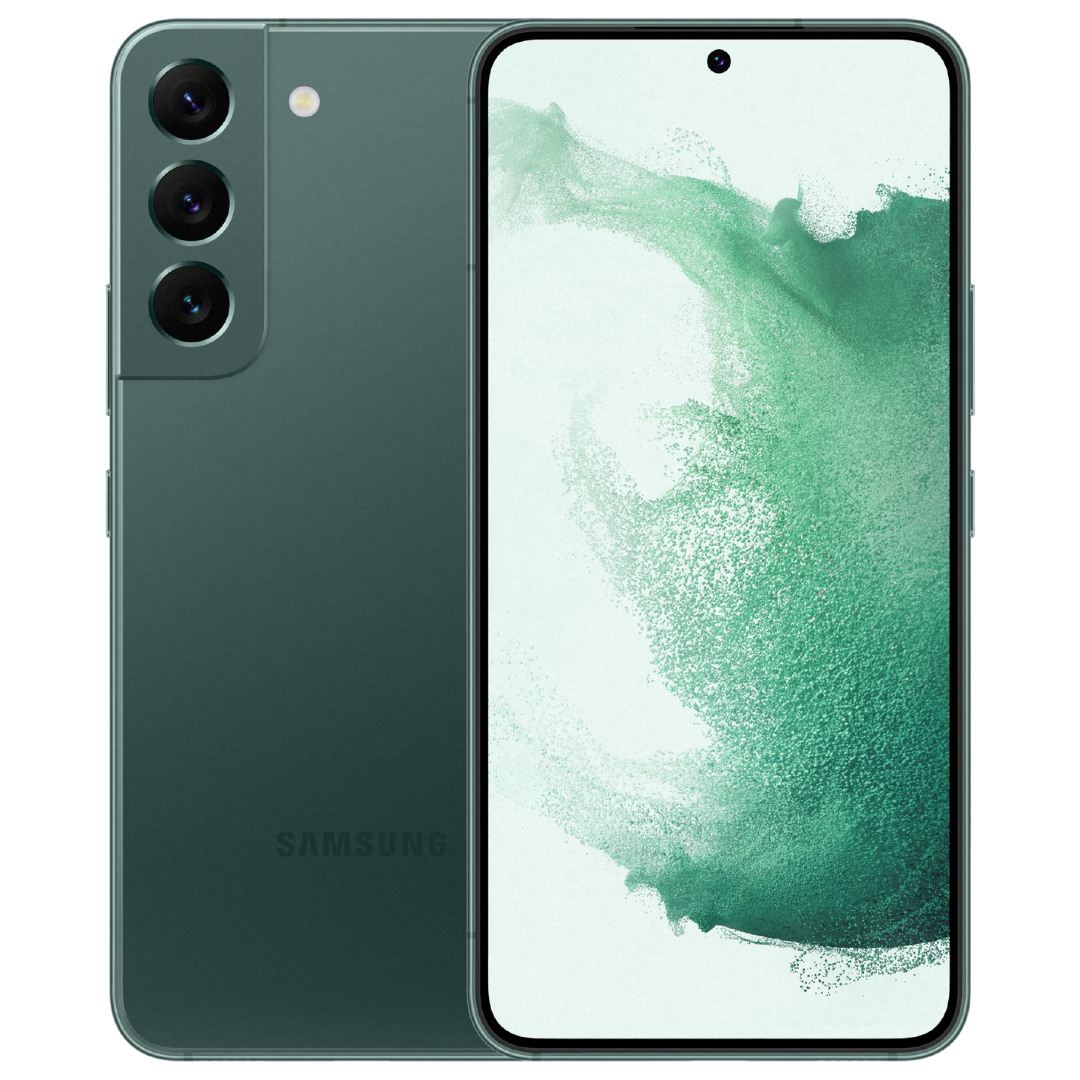
Samsung Galaxy S22
The Samsung Galaxy S22 comes with a flagship 4nm chipset, a three-camera setup on the back that is capable of capturing important memories both day and night, and a long battery life that can last a full day on a single charge. If you want a compact and stylish device, the Galaxy S22 is one of the best devices to get in 2022.
Technical Specifications
|
Smartphone |
iPhone 14 |
Samsung Galaxy S22 |
|---|---|---|
|
Operating System |
iOS 16 |
One UI 4.1 (based on Android 12) |
|
Dimensions |
146.7 x 71.5 x 7.8 mm |
146.0 x 70.6 x 7.6 mm |
|
Weight |
172 grams |
168g |
|
Display |
6.1-inch, Super Retina XDR OLED |
6.1-inch Dynamic AMOLED 2X |
|
Display Features |
|
|
|
Processor |
Apple A15 Bionic |
Qualcomm Snapdragon 8 Gen 1 / Exynos 2200 |
|
RAM |
6GB |
8GB |
|
Internal Storage |
128GB, 256GB, 512GB |
128GB, 256GB |
|
Expandable Storage |
No |
No |
|
Rear Camera |
|
|
|
Front Camera |
12 MP, f/1.9, autofocus, HDR |
10 MP, f2.2, 80-degree FOV |
|
Battery |
NA |
3700 mAh |
|
Charging |
|
|
|
Security |
Face ID, PIN, Pattern, Password |
Ultrasonic Fingerprint Scanner, PIN, Pattern, Password |
|
Connectivity |
5G, LTE, Wi-Fi 6, Bluetooth 5.3, NFC |
5G, Wi-Fi 6E, Bluetooth 5.2, NFC |
|
Ports |
Lightning Port, No 3.5mm Headphone Jack |
USB-C, No 3.5mm Headphone Jack |
|
Water Resistance |
IP68 |
IP68 |
|
Colors |
Black, White, Blue, Red, and Purple |
Phantom Black, Phantom White, Green, and Pink Gold |
|
Price |
$799 |
|
Design
Starting with the design, you'll notice that the iPhone 14 doesn't look a lot different compared to its predecessor. This is, in fact, because the design has been left unchanged. The iPhone 14 also comes with a squared-edge glass-sandwich build with aluminum side rails and Ceramic Shield protection like the iPhone 13. The only major difference between the two is the new color options. The iPhone 14 comes in two new colors: purple and sky blue, both of which look great in my opinion.
Shifting our attention towards the Samsung Galaxy S22, it carries the same Contour Cut design first introduced with the Galaxy S21. The camera module protrudes from the back and flows over the device's left edge, blending seamlessly with the frame. The back is made out of Corning's Gorilla Glass Victus+, which has been given a hazy finish. It's worth noting that both the smartphones, the iPhone 14 and the Galaxy S22, come with IP68 dust and water resistance.
On the whole, both the devices have a similar outlook as their predecessors and if you're previously opinionated about the design differences between the two, they'll mostly remain the same.
Display
Moving onto the display segment, the Samsung Galaxy S22 features a bright 6.1-inch Dynamic AMOLED display. It boasts full HD+ resolution and support for 120Hz adaptive refresh rate. On the other hand, the iPhone 14 features the same (more or less) display as the iPhone 13. It has a 6.1-inch XDR OLED panel with a resolution of 1,080 x 2,340 pixels and a peak brightness of 1200 nits.
However, the display refresh rate of the iPhone 14 is limited to only 60Hz. Moreover, the iPhone 14 also doesn't come with the always-on display mode, something that both Samsung Galaxy S22 and its pricier sibling (the iPhone 14 Pro) support. Nonetheless, if the always-on display mode isn't a deal-breaker, you can go with any of the two smartphone as both the displays are of excellent quality, and they will not disappoint!
Processor
Similarities between the iPhone 13 and iPhone 14 extend to the processor segment as well as the iPhone 14 is powered by the same A15 Bionic found on the last year's iPhone models. The only difference between this year's A15 Bionic and last year's A15 Bionic SoCs is that the new chip features a new 5-core GPU, while the last year's chipset had a 4-core GPU. It’s not a major improvement, but it’ll likely help graphics-intensive games ever so slightly better.
Samsung Galaxy S22 also features a powerful SoC. However, the phone's processor can vary based on where you buy your phone from. Some models of the Galaxy S22 use the Qualcomm Snapdragon 8 Gen 1 chipset, while some use Samsung's own Exynos 2200. Despite a few early reports of overheating and sluggish performance, Samsung has (mostly) fixed all the bugs of the S22 Ultra, and the phone is now on par with other Android flagships in terms of performance.
Rest assured, you won't notice much of a difference between the performance of the iPhone 14 and the Samsung Galaxy S22 in day-to-day usage. Both smartphones will be able to handle any task you throw at them with ease.
Camera
Just like the last year's iPhone 13, the iPhone 14 also comes with a dual-camera setup. This includes a 12MP primary sensor with a faster f/1.5 aperture and a 12MP ultra-wide lens. Apple says that the new 12MP primary sensor should help with better day-to-day and low-light performance. While we're yet to test the cameras on the iPhone 14 —we'll soon be going hands-on with it so make sure you stay tuned — they'll likely perform similarly to the cameras of the last year's iPhone 13, and they were not disappointing at all.
On the other hand, the Samsung Galaxy S22 features a triple camera setup, which includes a 50MP main wide-angle camera, a 10MP telephoto lens, and a 12MP ultra-wide lens. The main 50MP camera of the device comes with features like Dual Pixel autofocus and Optical Image Stabilization. The 10MP telephoto lens features 3x optical zoom, while the ultra-wide unit boasts a field of view of 120-degree. We're really impressed with the cameras of the Samsung Galaxy S22, and you can find out our thoughts on the same in our full review.
Battery
The battery is the one key area where Apple's iPhone 14 leaves the Samsung Galaxy S22 in the dust. Last year's iPhone 13 easily lasted a day on a single charge for us and given that the new iPhone 14 also features a similar battery and chipset, we’d expect similar or nearly identical results on the iPhone 14. There’s a chance that the battery may be ever so slightly better, but it’s too early to tell, and we’ll have to conduct more tests.
However, Samsung Galaxy S22's battery life isn't great. The 3,700 mAh cell is small to power it through a day. Samsung, thankfully, compensates with the 25W fast wired charging that charges the device from 0-100% in about an hour. Similar to the iPhone 14, the Samsung Galaxy S22 Ultra also features 15W wireless charging.
One area where the Samsung smartphone outdoes the Apple iPhone 14 is the reverse wireless charging feature. Using this feature, you can charge your Qi-compatible accessories, such as the company's own Galaxy Buds 2, by just placing them on the back of your phone. This feature is not available on the iPhone 14.

Apple iPhone 14
iPhone 14 joins the market as the smartphone to pick if you want a high-tier of performance, great cameras, and battery life that will last you through a day of use with ease. Check out all the deals on the device using the links given below.

Samsung Galaxy S22
The Samsung Galaxy S22 comes with a flagship 4nm chipset, a three-camera setup on the back that is capable of capturing important memories both day and night, and a long battery life that can last a full day on a single charge. If you want a compact and stylish device, the Galaxy S22 is one of the best devices to get in 2022.

